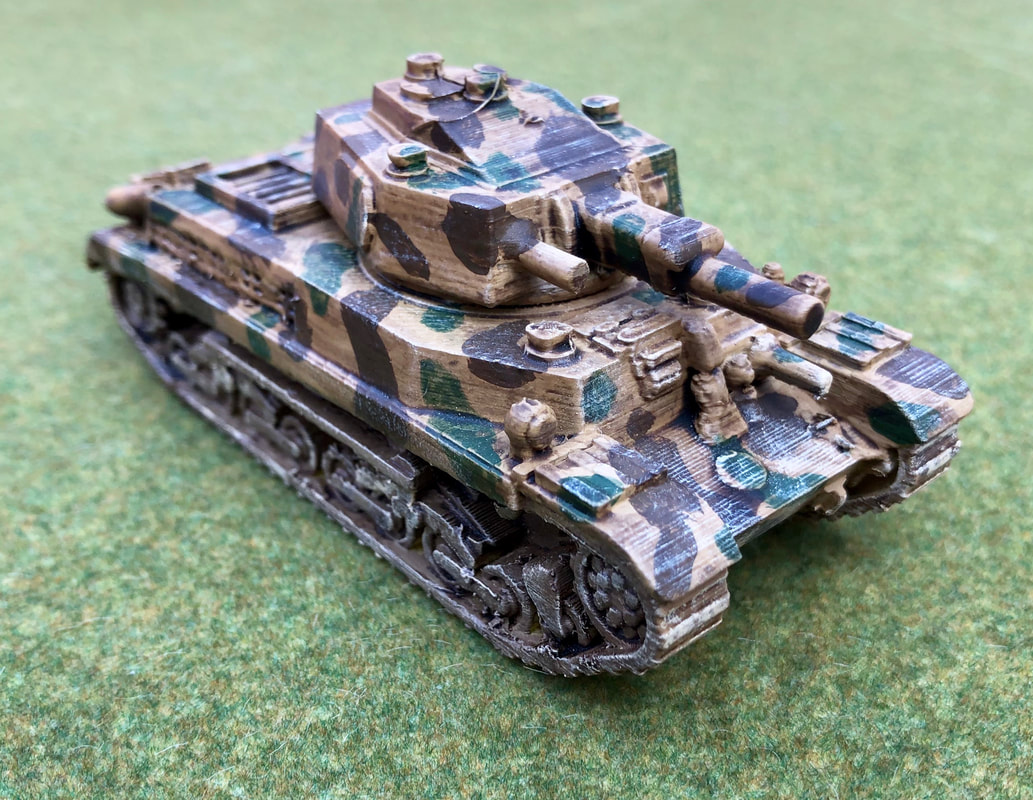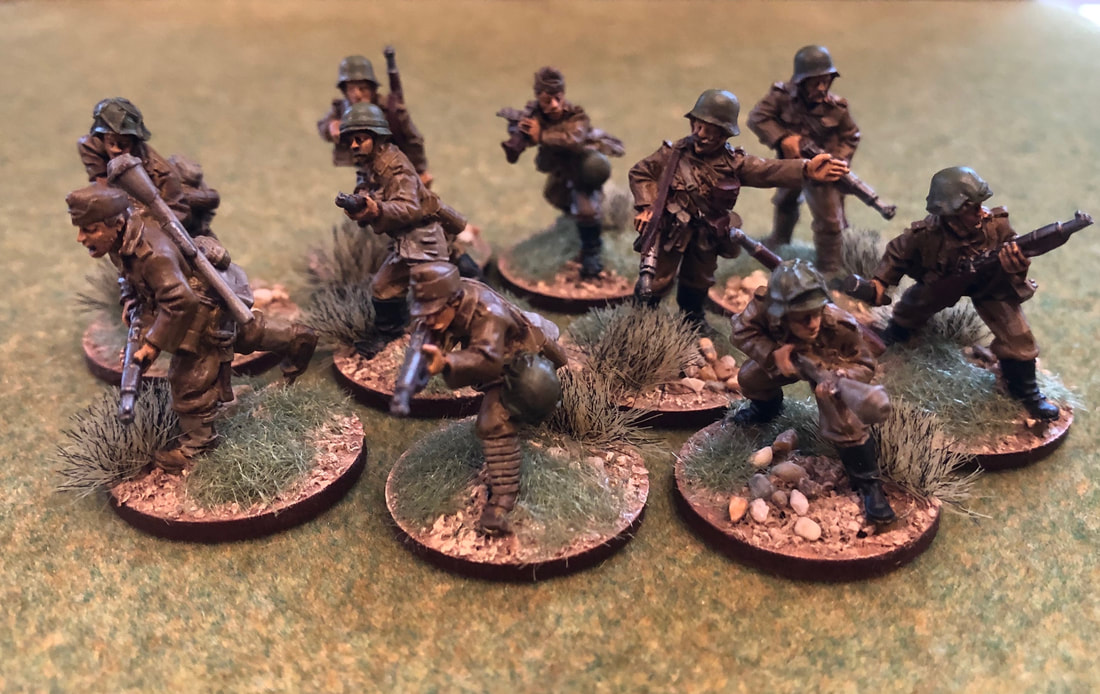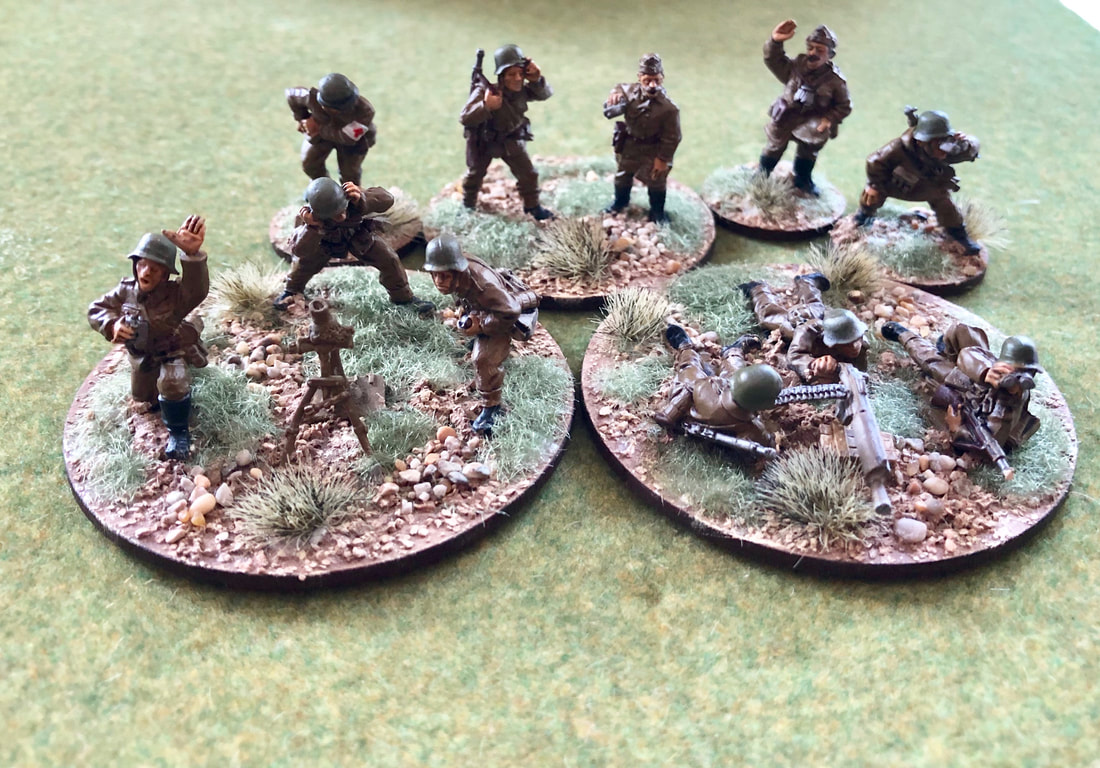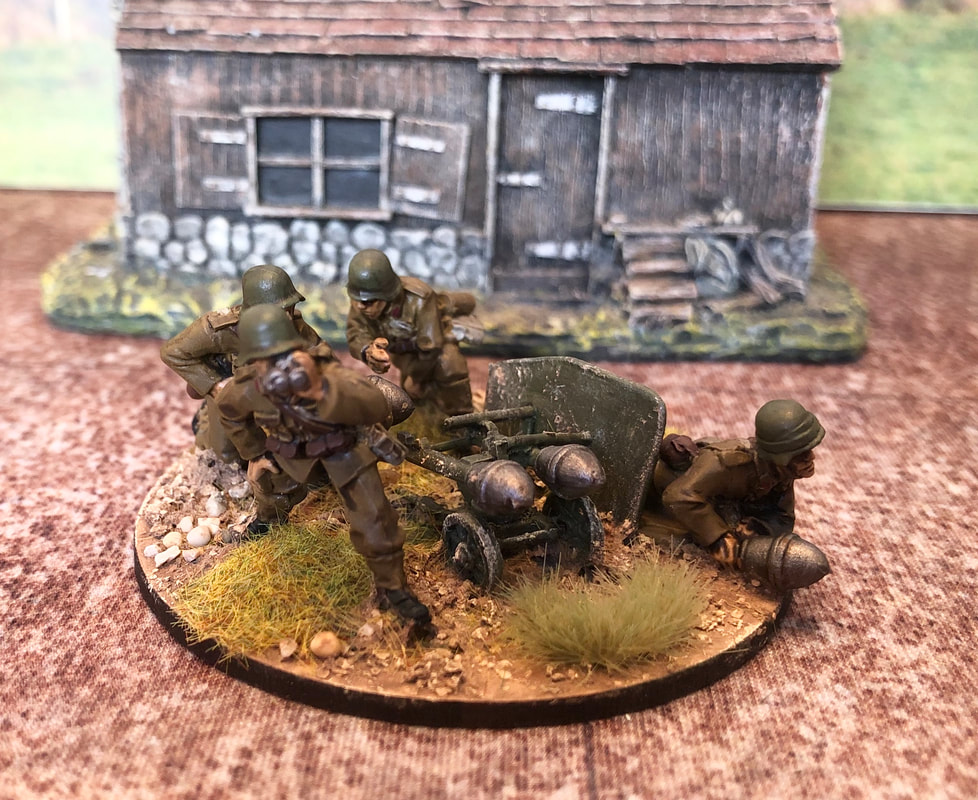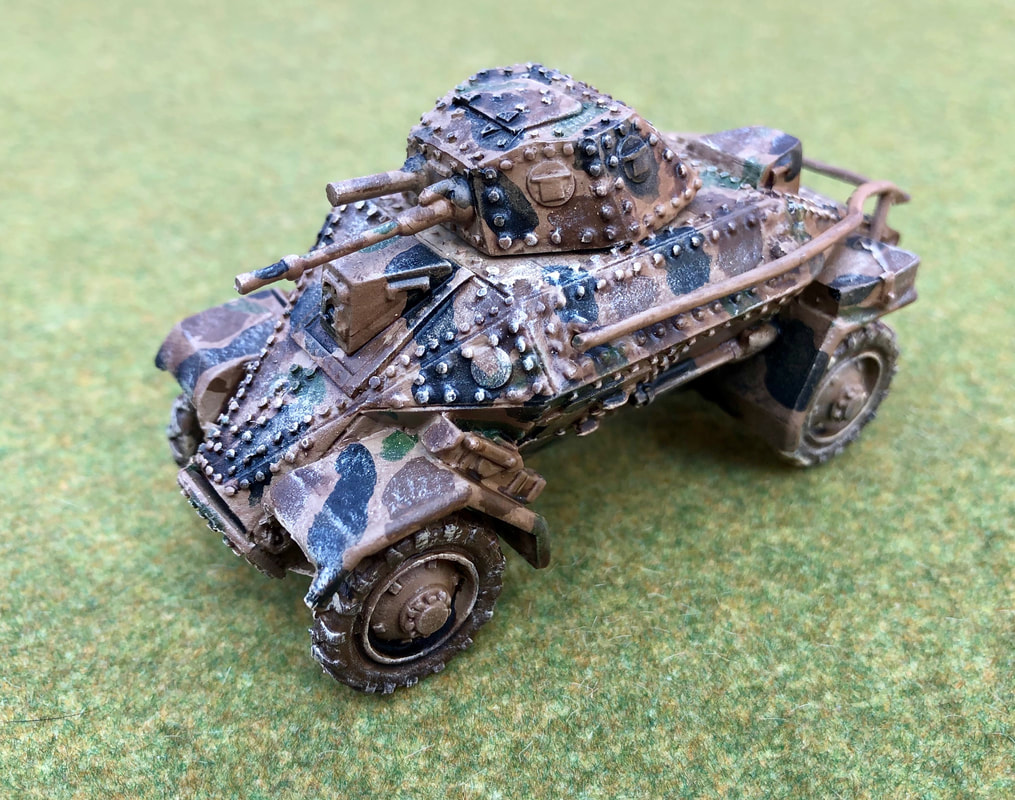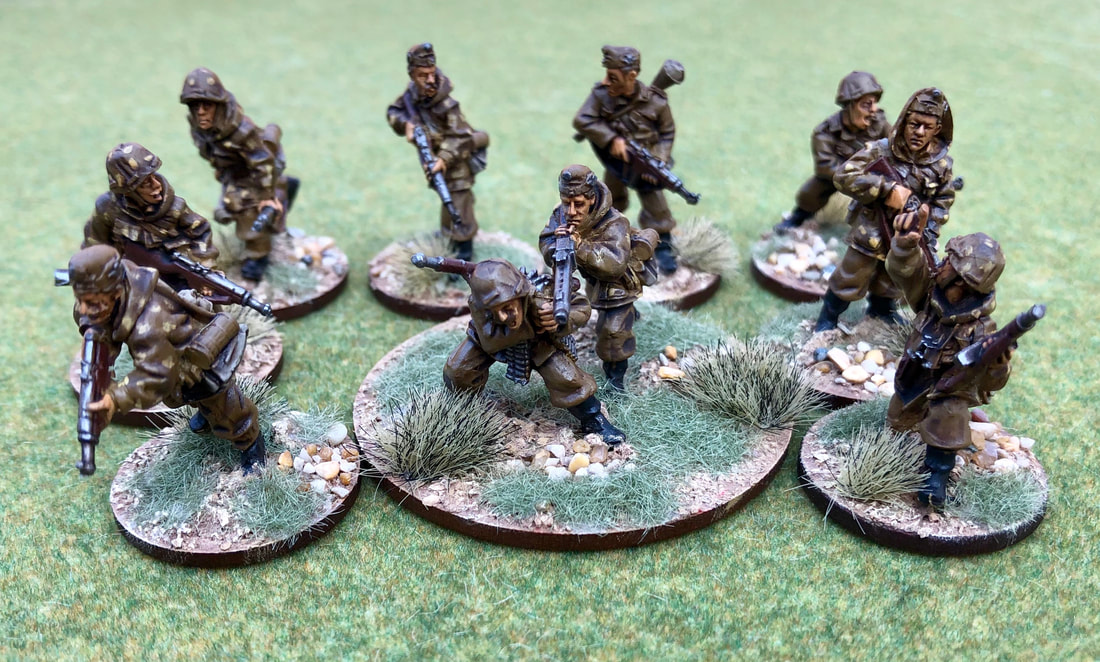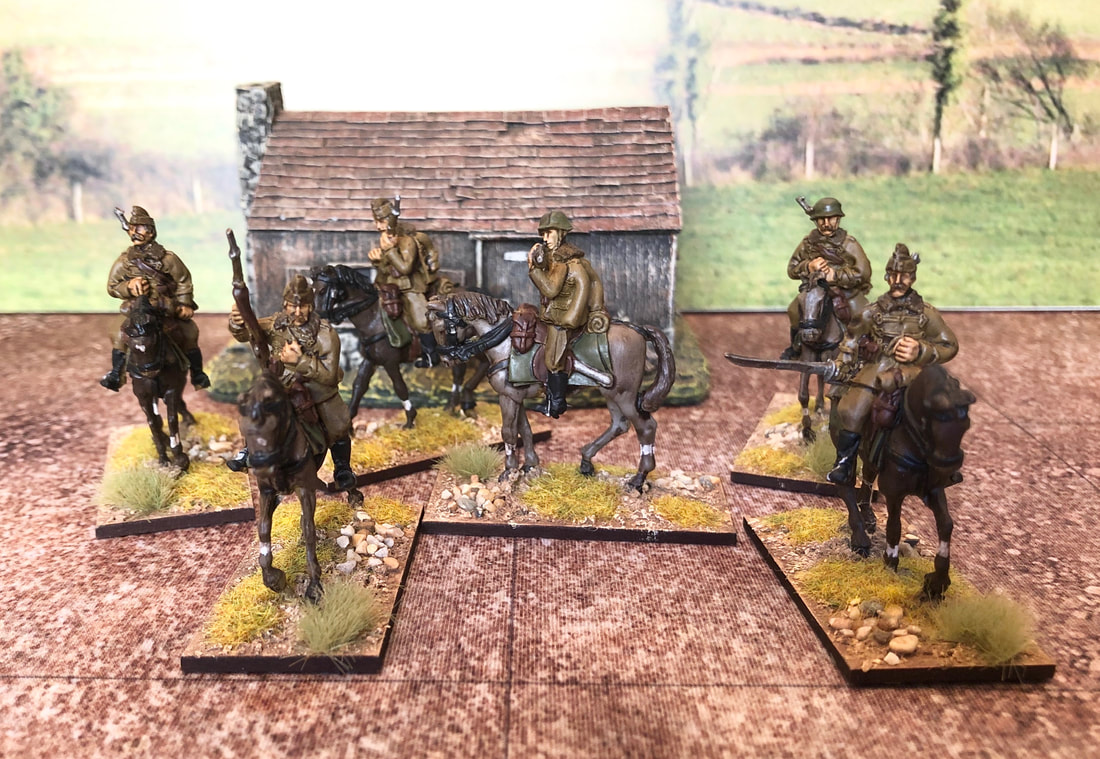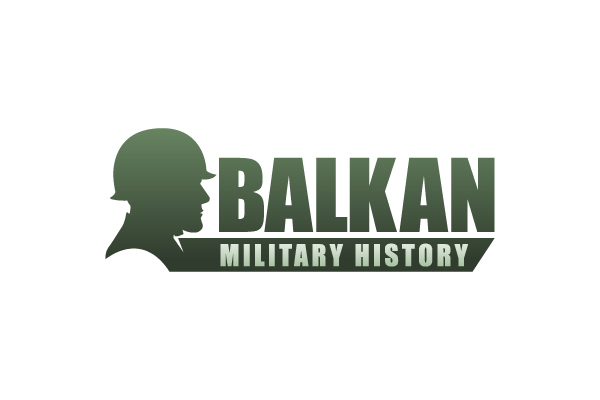- Home
- About
-
Travel
-
Features
- Dyrrachion1081
- Normans in the Balkans
- Manolada 1316
- Kosovo 1389
- Castles on the Danube
- Late Medieval Bosnian Army
- Doboj 1415
- Wallachian and Moldovan troops of the Napoleonic wars
- Anchialos 917
- Slovenian Borderlands
- The Zadruga and the Military Border
- Cretan War in the Adriatic
- Salonika 1916
- Uskoks of Senj
- Siege of Klis 1537
- Eugene in the Balkans
- Moldavian Surprise 1711
- Austro-Turkish War 1737-9
- Militargrenze
- Invading Ottoman Turkey
- Siege of Ragusa 1814
- Russo-Turkish War 1806-12
- Serbian Uprising 1815
- Ali Pasha
- Ottoman Army 1826
- Aleksinac 1876
- Shipka Pass
- Slivnitsa 1885
- Romanian Army 1878
- Austrian forts 19thC
- Kumanovo 1912
- Catalca Lines
- Adrianople 1912-13
- Kajmakcalan 1916
- The other 1918 campaign
- Macedonia air war WW1
- War of the Stray Dog
- Royal Yugoslavian armed forces
- Blunder in the Mountains
- Romanian SS
- Gebirgsjager in the Balkans
- Knights Move 1944
- Vis during WW2
- HLI in the Adriatic
- Adriatic Cruel Seas
- Dalmatian Bridgehead
- Cyprus 1974
- Transnistrian War
- Ottoman Navy Napoleonic wars
- Medieval Balkans
- Balkan lockdown quiz >
- Reviews
-
Armies
- Ancient Greeks
- Pyrrhic army of Epirus
- Dacian wars
- Goths
- Late Roman
- Comnenan Byzantine Army
- Normans
- Serbian medieval
- Albanian medieval
- Wallachian medieval
- Bosnian Medieval
- Catalan Company
- Polish 17C
- Austrian Imperialist
- Ottoman
- Austrian 18thC
- Russian Early 18thC
- Ottoman Napoleonic
- Greek Revolution
- 1848 Hungarian Revolution
- Russian Crimean war
- Romanian Army of 1877
- Ottoman 1877
- Russian 1877
- Balkan Wars 1912-13
- Macedonia WW1
- Greece WW2
- Italian Army WW2
- Gebirgsjager WW2
- Hungary WW2
- Turkey WW2
- Soviet Union WW2
- Bulgaria WW2
- Turkish Korean War Brigade
- Balkan Wars 1990s
- Links
- Books
Royal Hungarian Army in WW2
The Treaty of Trianon in 1920 reduced the size of the new Hungary, and also limited the army to nine brigades. After the Allied Military Mission withdrew in 1927, Hungary started to discretely rearm. In March 1938, a programme of rearmament was announced with a five-year expansion plan.
At the outbreak of war the army consisted of three field armies, each of three corps, consisting of three brigades. In addition, there was a mobile corps with two cavalry and two motorised brigades, which included light tanks and armoured cars. As the Germans demanded more troops for the Eastern Front, brigades were redesignated as light divisions. An armoured division was formed in March 1942, equipped with German and home produced tanks.The army also had mountain brigades, a river force and parachute assault troops.
The 28mm infantry and cavalry models come from the Warlord and Great Escape Games ranges. The armour and artillery are Warlord and 3D printed models.
At the outbreak of war the army consisted of three field armies, each of three corps, consisting of three brigades. In addition, there was a mobile corps with two cavalry and two motorised brigades, which included light tanks and armoured cars. As the Germans demanded more troops for the Eastern Front, brigades were redesignated as light divisions. An armoured division was formed in March 1942, equipped with German and home produced tanks.The army also had mountain brigades, a river force and parachute assault troops.
The 28mm infantry and cavalry models come from the Warlord and Great Escape Games ranges. The armour and artillery are Warlord and 3D printed models.
Further reading:
The Royal Hungarian Army in World War II by Dr Nigel Thomas. Osprey MAA 449
Campaign Fortress budapest - Bolt Action supplement by Warlord Games.
The Royal Hungarian Army in World War II by Dr Nigel Thomas. Osprey MAA 449
Campaign Fortress budapest - Bolt Action supplement by Warlord Games.
